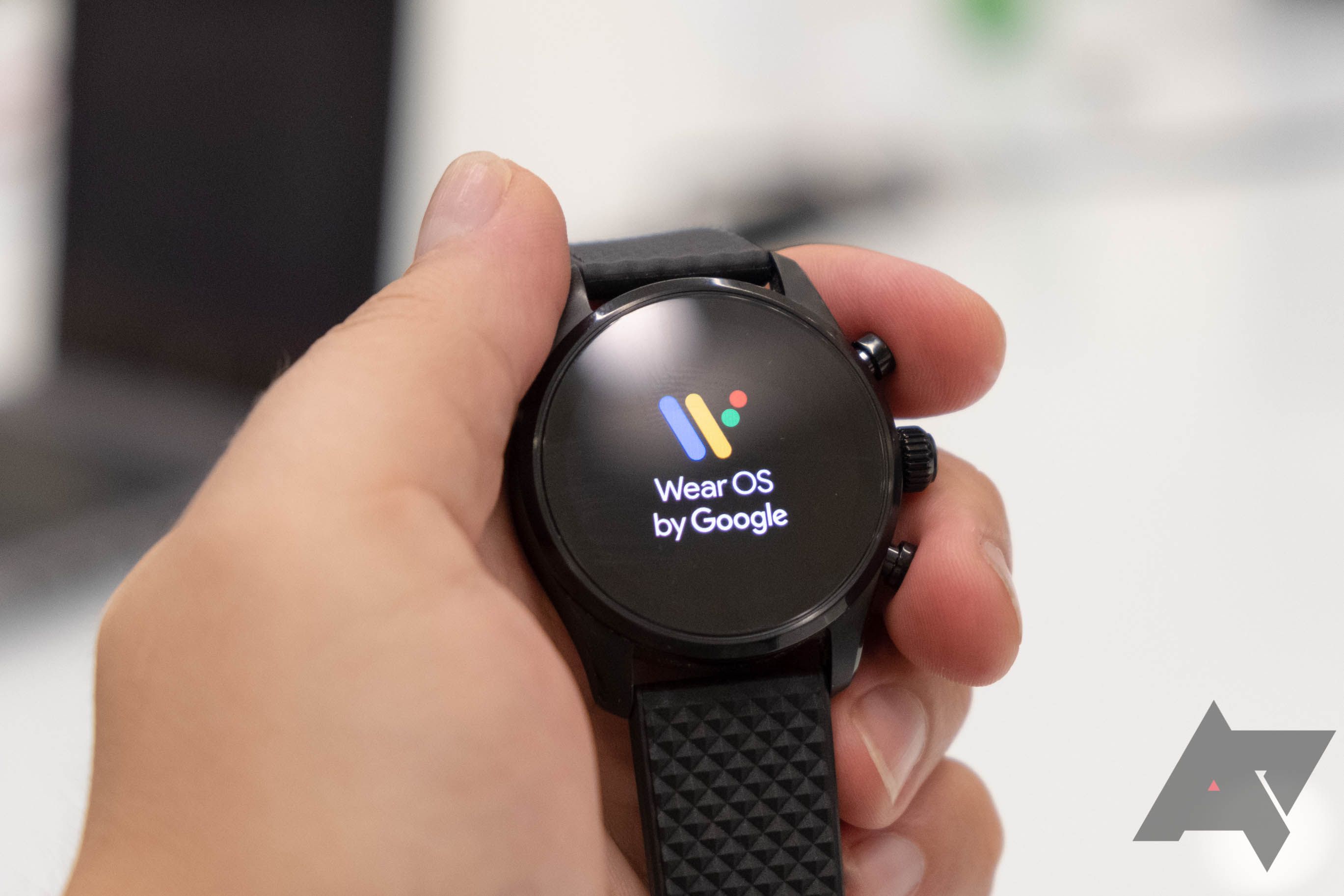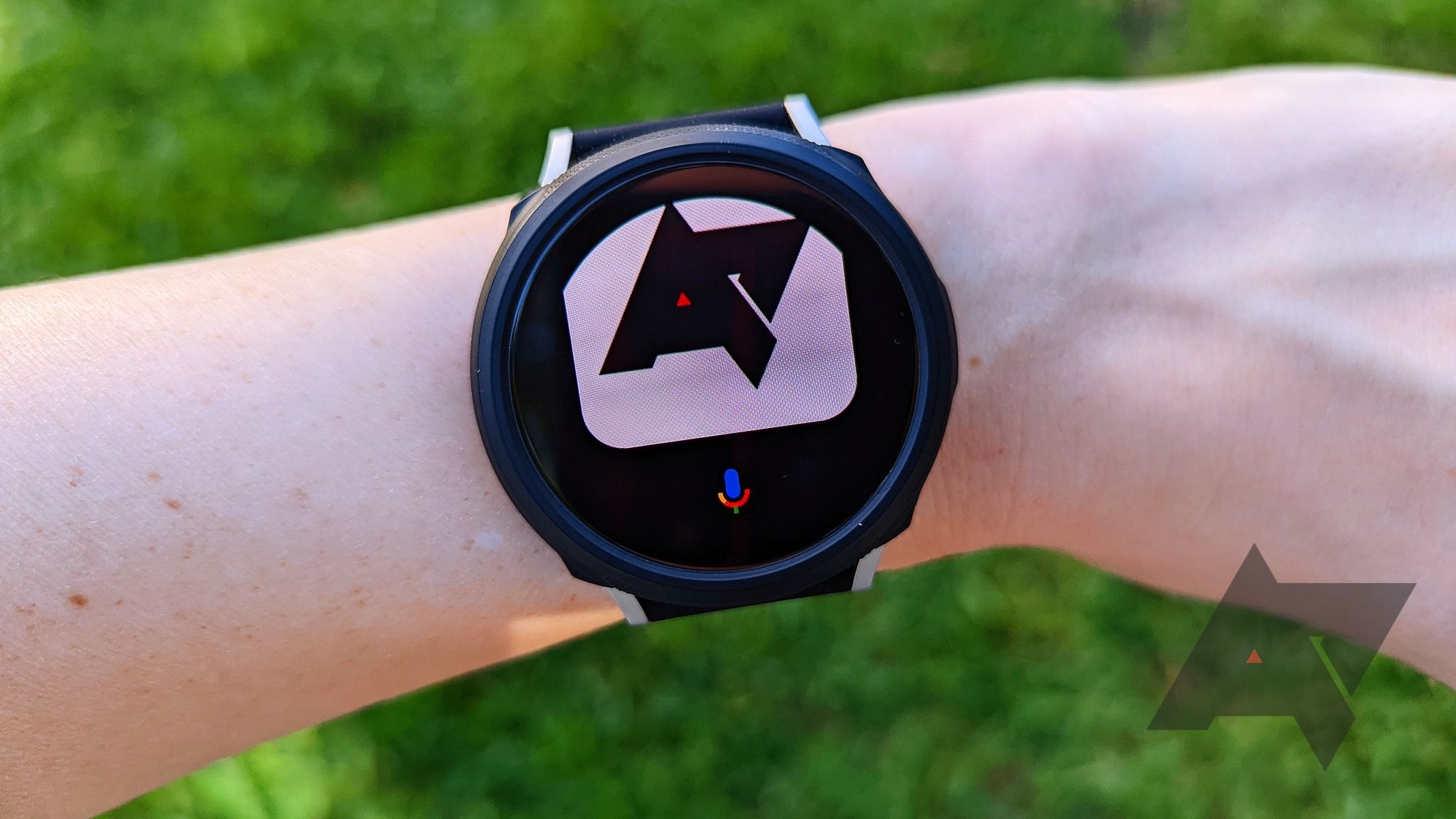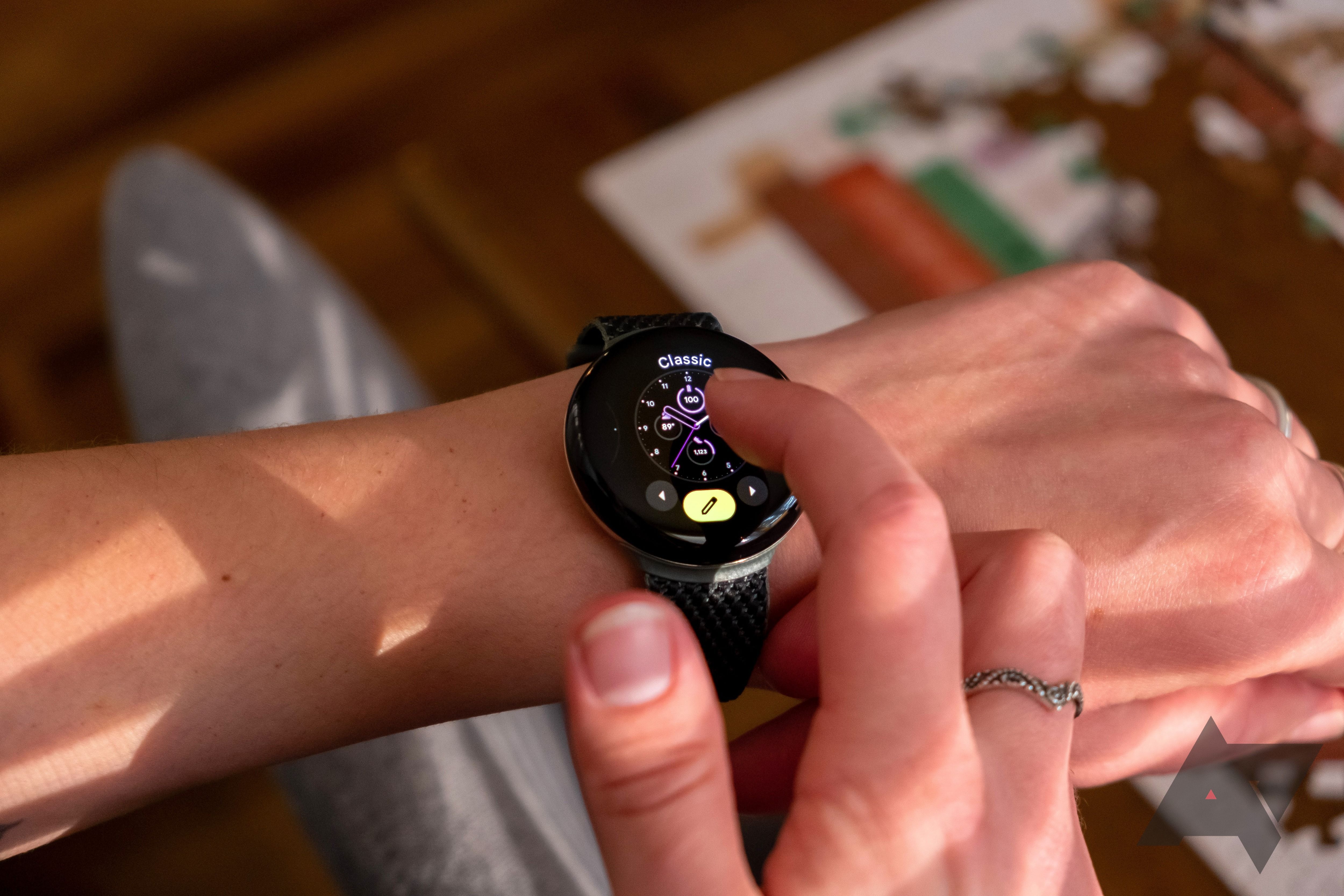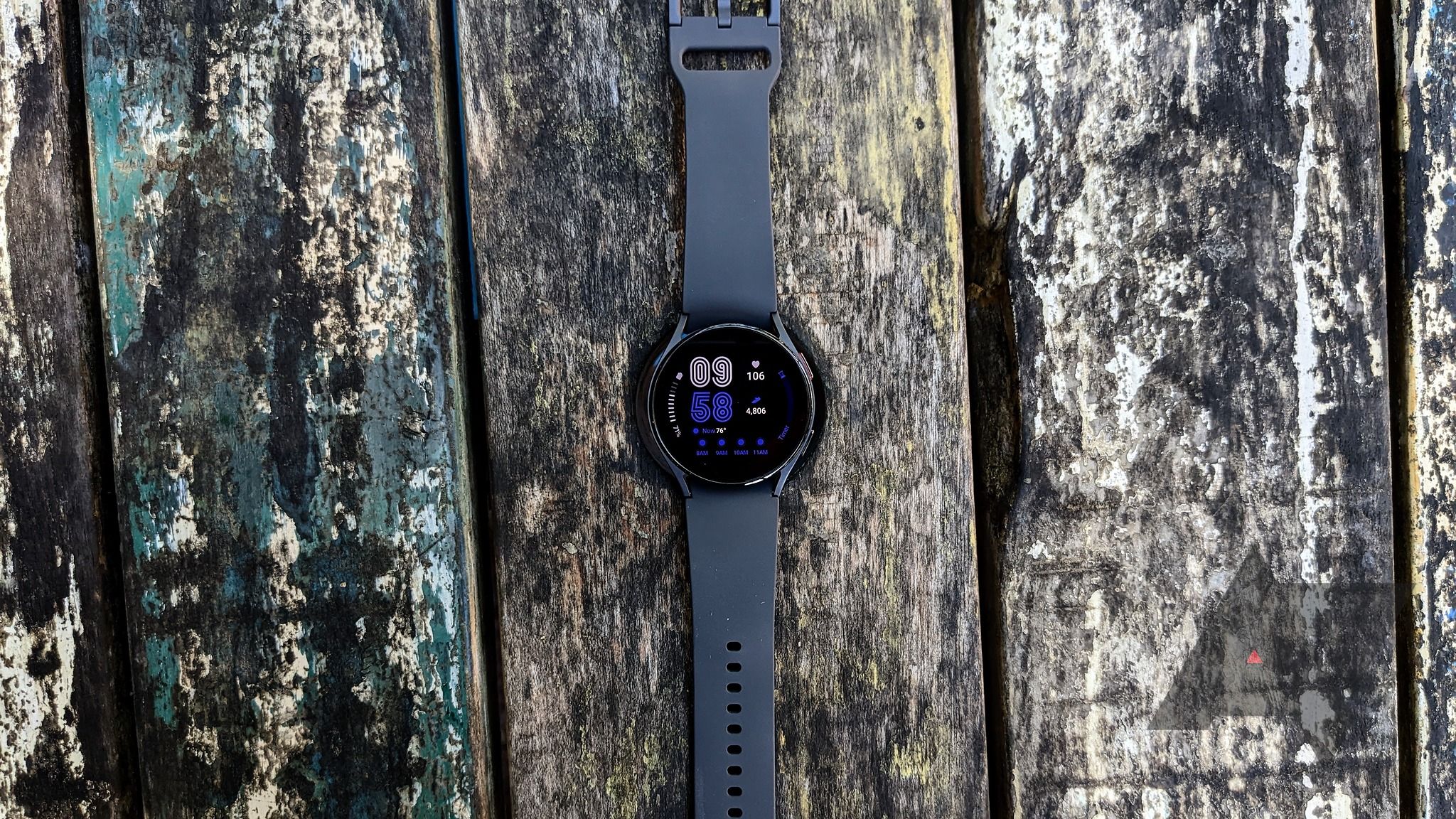Android smartwatches had noticeably started to stagnate, but a couple years back, Google's partnership with Samsung on Wear OS 3 helped really turned the page, and was key to the platform's resurgence. Thanks to the continued efforts of both parties and some great Android smartwatches, the Wear OS ecosystem is now thriving. But Wear OS 3 is far from perfect, and there are still are a lot of puzzling restrictions and unexplained regressions compared to previous iterations of the platform.
With Google teasing the arrival of Android 13-based Wear OS 4 later this year at I/O 2023, we're thinking about what needs to change to keep this Android smartwatch renaissance going. Here's a look at some Wear OS annoyances the company needs to fix in the OS's next release.
1. No Bedtime mode syncing
On your Android phone, you can set up Bedtime mode to automatically mute all incoming notifications and reduce distractions while sleeping. The Google Pixel Watch also offers a similar Bedtime mode, which apart from muting incoming notifications, turns off always-on display and tilt-to-wake.
For reasons best known to engineers at Google, enabling Bedtime mode on your phone does not automatically trigger it on your paired Wear OS 3 smartwatch, and vice versa. I can't fathom why Google thought not linking Bedtime mode between your phone and watch was a good idea.
Worse, you cannot set up a recurring Bedtime mode schedule on the Pixel Watch, so you're forced to enable it manually before going to sleep every day. And then disable it again the next morning — there's nothing "smart" about that.
Thankfully, Samsung was kind enough to address this limitation on its own Wear OS watches. On the Galaxy Watch 5 and older, you get Sleep mode scheduling, which syncs with the paired Galaxy phone's Sleep mode settings. Now we just need to see this kind of behavior deployed universally.
2. Limited Google Assistant availability
The Google Assistant experience on Wear OS 3 is a confusing mess. Even this far along, the voice assistant is still only available on a handful of Wear OS watches. Besides the Pixel Watch, you can get Assistant on Samsung's Galaxy Watch 4 and 5 series. While Fossil updated many of its smartwatches to Wear OS 3, those do not have access to the voice assistant.
Even if you're lucky enough to have it, functionality is limited. You can ask Google Assistant on your wrist about the weather, score for the latest games, set an alarm or timer, add stuff to your shopping list, and even control your smart home lights and other accessories. But there's not yet support for Routines. So if you use Google Assistant Routines to automate several actions, you can't trigger them from your watch.
3. Missing granular notification controls
Android's granular notification management is one of its many strengths. Thanks to notification channels, you have full control over what kind of alerts apps send. You can mark a WhatsApp conversation with your spouse as a high priority and assign it a special notification tone. Similarly, you can configure notifications from your office WhatsApp group to come in silently. Even better, you can disable all promotional notifications from your favorite food delivery app while still receiving updates about your orders.
But on Wear OS 3, we don't enjoy such granular controls over notifications. You only get a toggle to enable/disable notifications mirrored from your phone. Some dedicated Wear OS 3 apps provide a degree of control by allowing you to set a different incoming tone or vibration pattern on the watch, but that's about it.
What if you want Telegram notifications of your friends' group to arrive on your watch, but be muted on your phone? Or if you want notifications from apps like Strava to only appear on the watch and not on the paired phone? Right now, that's not possible.
There's the Mute notifications on phone option, but it only mutes incoming notifications on your phone when you are wearing the watch. It does not let you set different notification preferences for apps.
4. Alarms don't sync between the watch and paired phone
You set an alarm on your phone and then want to disable it from your Wear OS 3 watch? Nope, not possible. Or want to use your phone to set an alarm that will ring on your watch? Not happening; Google's Clock app on the Pixel Watch works independently of its phone version. You cannot set or control alarms set on your phone from your watch, or vice versa.
What if you want to disable an early morning alarm on your phone after going to sleep? Or if you want to change its time? You can't use the Wear OS 3 watch on your wrist, even if it does feel like it should be the perfect device for such tasks.
What's frustrating is that Google offered alarm syncing with the Wear OS 2 Clock app. But with the Wear OS 3 revamp, this feature was removed, and there's no sign of its return.
Once again, Samsung's Wear OS 3-based Galaxy Watches are an outlier here — and offer us a glimmer of hope. The Clock app on the Galaxy Watch 4 and 5 syncs with the Clock app on Galaxy phones, so you can control alarms no matter what device you're using.
5. No switching between phones without resetting the watch
One major limitation with current-gen Wear OS 3 watches is that you must reset them whenever you want to use one with a different phone. This limitation won't affect most users, but it can get extremely frustrating if you are someone who frequently switches devices.
Granted, this is the same case with iPhones and the Apple Watch. But watchOS supports iCloud backups, so your data is restored within a few minutes. Wear OS 3 watches like the Google Pixel Watch do not have their own native backup and restore tool, so you must set up the wearable from scratch again.
Thankfully, Google plans to add a cloud-based backup and restore tool in Wear OS 4, fixing at least one annoyance and making the process of switching your watch between phones a lot less cumbersome.
6. No manual updates for Wear OS apps from your phone
You can install Wear OS 3 apps on your watch directly from your phone or the web. You can even use the Play Store on your phone to uninstall apps directly from your watch. But for manual app updates, you're stuck using the Wear OS Play Store, as they won't show up on your phone.
Wear OS 3 supports auto-update of installed apps, which are downloaded and installed when your watch is charging and connected to Wi-Fi. But what if you're traveling and don't have access to Wi-Fi for weeks on the go? Or if you just prefer to manually update the installed apps instead of waiting for them to auto-update?
In such cases, you must use the Play Store on your Wear OS 3 watch. Weird as it is, this limitation probably won't bother most users and is certainly not as annoying as the other issues mentioned above. But it is a small problem nonetheless, and one we'd love to see Google resolve.
Could Wear OS 4 fix these limitations?
Wear OS 4 will be the first major update to the platform since the release of Wear OS 3 in 2021. While the Pixel Watch launched with Wear OS 3.5, its minor usability enhancements only left us wanting more. Wear OS 4, meanwhile, will use Android 13 as its base, and we're expecting some notable performance and efficiency improvements.
Coupled with what Google has teased about next-gen Wear OS so far, version 4 should deliver a significantly improved user experience and fix many annoyances of the platform. At least, we sure hope we don't want to have to put together a list like this again.




